|
It’s a really hard race, goes up the hills of the Santa Cruz mountains in the San Francisco South Bay Area: Sanborn County Park, a beautiful mountain park of redwoods and tan bark oaks. Last year, I did hurt one of my calves on the downhill of the TrailQuake 10K run … that more or less put me off racing for the rest of the year and I really had only myself to blame for the setback (yup, that’s what happens when your brain is still 20yo and your body is actually past 50). So this year, I am just doing the 5K and I am coming more equipped, let’s see if mind will win over body the right way this time! @philippemora > I come from the future. I work and I workout. Always be kind and passionate.
🙏❤️💪🏋️♀️🔥🚀 In the last decade, trail running events worldwide have become increasingly popular for those looking to step away from the “traditional” road marathons and track events. Basically trail running goes up and down and I have learned that it really levels the playing field between the runners who are really good and fast on flat (not me) and the more technical yet adventurous trail running (that’s more like me!) But running uphill is scary .. First you feel you’re out of air almost immediately and then, after the run, you discover there’s pain in many new muscles you never knew they even existed like the upper quadriceps, your buttocks (yup, your butt) and of course the calves. However with the right techniques, foods, massages and creams, uphill running can be tackled and it’s really good to have this as part of any training plan. The rewards: more efficient breathing, stronger muscles and brain power, and significant general improvements in endurance. Start slow and on the Stairmaster (and alternate with the incline treadmill) Obviously not the same, but the Stairmaster will teach you to run “quick and light” and also force you to maintain a normal breathing rate, while all you want to do is ventilate like there’s no tomorrow (yes Stairmaster is hard at the beginning). Also you’ll start to train the right muscles for natural hill running, hence minimizing the potential post-run pain when you start doing real hill running. The incline treadmill is great too for training, major drawback is that it’s really boring. Usually I do fast interval/hill training with them during regular workouts – really good cardio workout and teaches you the breathing part as well. Get the right shoes You need extra forefoot cushioning for uphill running and your shoes need to stay light – overall weight is really something you want to pay attention to. Also, one thing to consider is that you will go up, then down. Careful with too much cushioning, it may slow you down when you go down-hill. Learn to “run tall” Even with a slope, don’t forget to have a straight body alignment, aka “run tall”: head up, eyes forward, shoulders back, hips and knees aligned. Your elbows should be bent but remember that on an uphill/downhill trail, your biceps and shoulders will work harder than usual. With your body straight, your knees will naturally lift higher to allow for you to climb upwards, and your feet will be doing the angled work that gets you moving in the right direction. Run forefoot It’s a very well known technique for sprinters. Check this video: When it comes to running uphill, the greater the incline, the more use of your forefoot for the climb. One of the greatest benefits of running hills is that this is where speed is built for tackling faster flats. Of course, it’s not just sprinters and track runners who benefit from forced forefoot running. If you use your heels too much as when you’re normally walking, you’re going to cramp real fast. Do the quick and light This basically you run small steps more often. Trust me it works real well. This doesn’t mean that you increase your overall speed, which would totally change your breathing and your overall running momentum which will get you tired real fast, but you just increase your footspeed. Only hit the hill when you’re ready Once small and quick steps are mastered and the right gear is in check, it’s time to move from the stairs to the hills. The best place to practice uphill running are along uneven forest and mountain trails of gradual incline. The terrain naturally promotes twitch-fiber growth in muscles and the landscape always gives you new routes to run and new foot-falls even when on the “same” run uphill. Start easy and small, and find the right incline for your level. Too steep, and you’ll fatigue early, which can be deterring to those starting out. The best way forward is to increase your grade gradually, running the same route until you can claim that climb is conquered and move to a new challenge Rest and recovery Okay the bad news first: hill running does hurt. You’ll need to deal with muscle soreness the day of your race, and probably the day after. Here’s what I’ve learned:
@philippemora > I come from the future. I work and I workout. Always be kind and passionate.
🙏❤️💪🏋️♀️🔥🚀 It's a really fun race that is a little bit more difficult than the 3 others I worked on this year, because the profile is a little bit more challenging (yes it goes up ....) Anyways thanks Brazen Racing for another fun time running in super awesome spots in the bay area - and by the way I love the race tee and the medal, so super cool design this year!. Next race June 2nd, stay tuned! @philippemora > I come from the future. I work and I workout. Always be kind and passionate.
🙏❤️💪🏋️♀️🔥🚀 This race is awesome! It’s situated at Point Pinole Regional Shoreline Park, located in the city of Richmond, across the boy from San Francisco. Some History! It is on the site of a number of former explosives factories; the largest of these was operated by the Giant Powder Company, which was relocated to this relatively remote spot following accidental explosions at its former sites in San Francisco and at Albany Hill. Giant had built the first dynamite manufacturing plant in the United States at a site known as Glen Canyon Park, which started up on March 19, 1898. On November 26, 1869, there was an explosion that destroyed every building on the site (including the fence around the plant). The plant was forced to move farther away from heavily populated areas. Another explosion occurred at the Albany Hill plant in 1892, before Giant built its last plant in the lightly populated area of Pinole Point. The 10K Race For the entire course you have awesome views of the San Francisco bay all around the entire course, that we’re very close to the sea so it’s not hot! The race elevation is mostly flat, which makes it a really fun race! @philippemora > I come from the future. I work and I workout. Always be kind and passionate.
🙏❤️💪🏋️♀️🔥🚀 What is progressive overload? We all want to grow in performance and strength and the surest way of getting to the next level is called “progressive overload” — you challenge yourself to always train hardest and push through ever more intense workouts …. Progressive overload trains your body to adapt to the new conditions you’re putting upon it, and “feeling the burn” after a workout is always a great sign that you’ve done a great job! The first key however is to make sure that in conjunction with progressive overload, you give your body a chance and time to recover …. it’s called “stress adaptation” : Build up. Back off a little. Build up. Back off a little. Overloading the body and then giving it a chance to recover, adapt, and heal before placing more stress upon it, is a great way to train. The second key is to cross train: during your training week, alternate your aerobic activity days with strength training days, lifting weights and conditioning all your muscle groups for strength and volume. This will not only bring you much better posture and overall strength (provided you work hard at it and don’t take shortcuts) The third key is to sleep! Yes, sleep! Your body does most of its repair and rebuilding while you sleep. And logically, if you’re not getting the right amount of sleep, you should back off from training until your sleep hours are back to normal. How to avoid overtraining?
Common signs of overtraining: if you experience any of the following, you need to stop training and take a few days rest. And if those signs continue to persist, you need to go see a doctor right away
That’s all, hope this helps! And always please make sure you have lots of fun! @philippemora > I come from the future. I work and I workout. Always be kind and passionate.
🙏❤️💪🏋️♀️🔥🚀 |
Weights, Track, music, PLACEs. Always be kind and passionate.
|

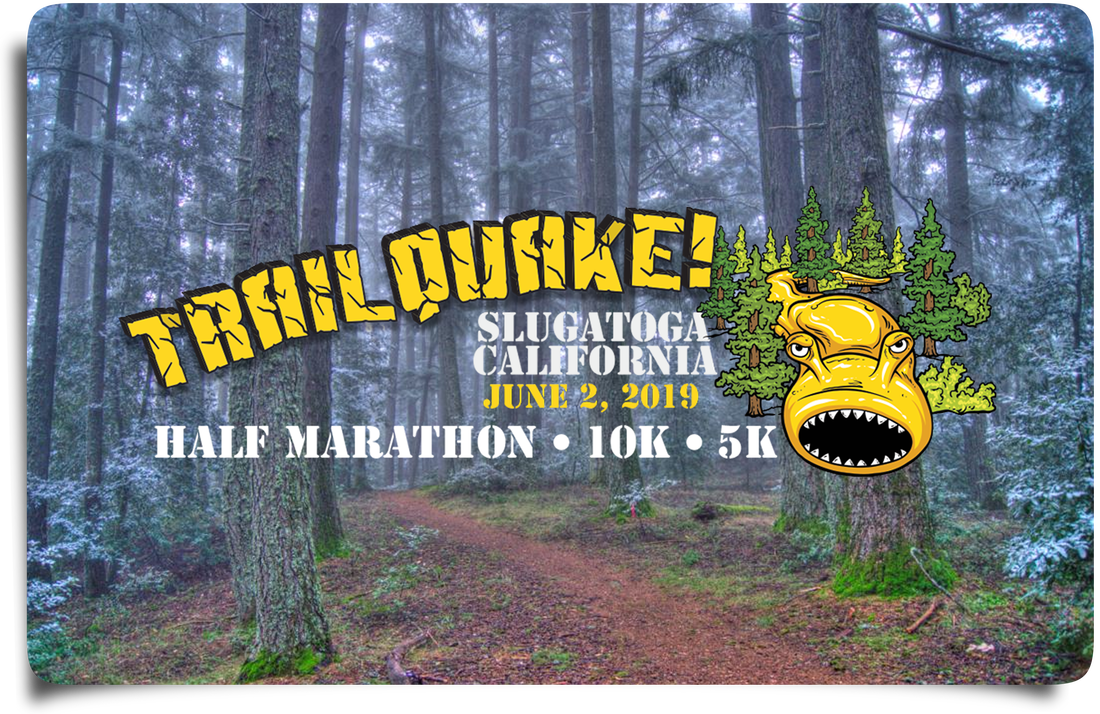
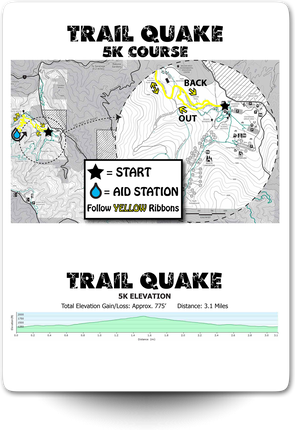
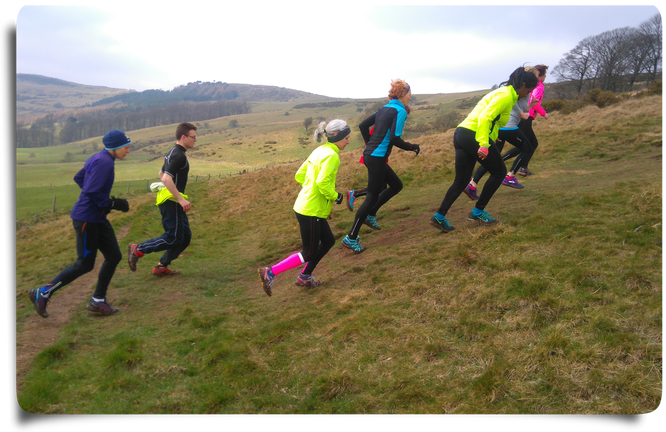
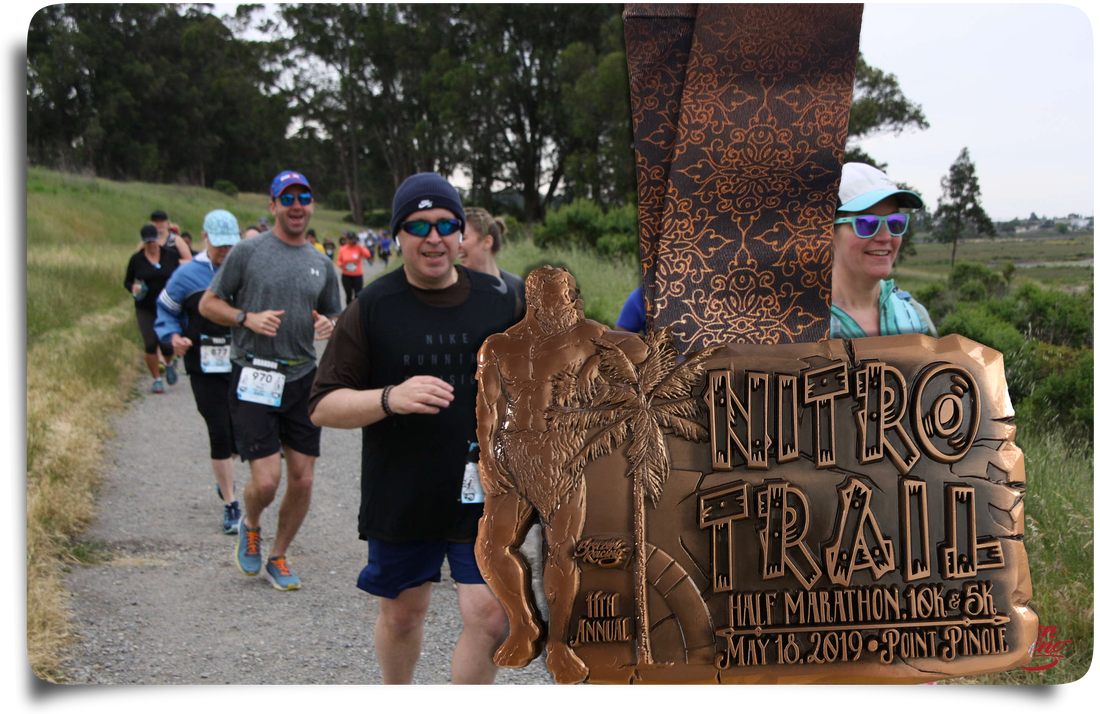
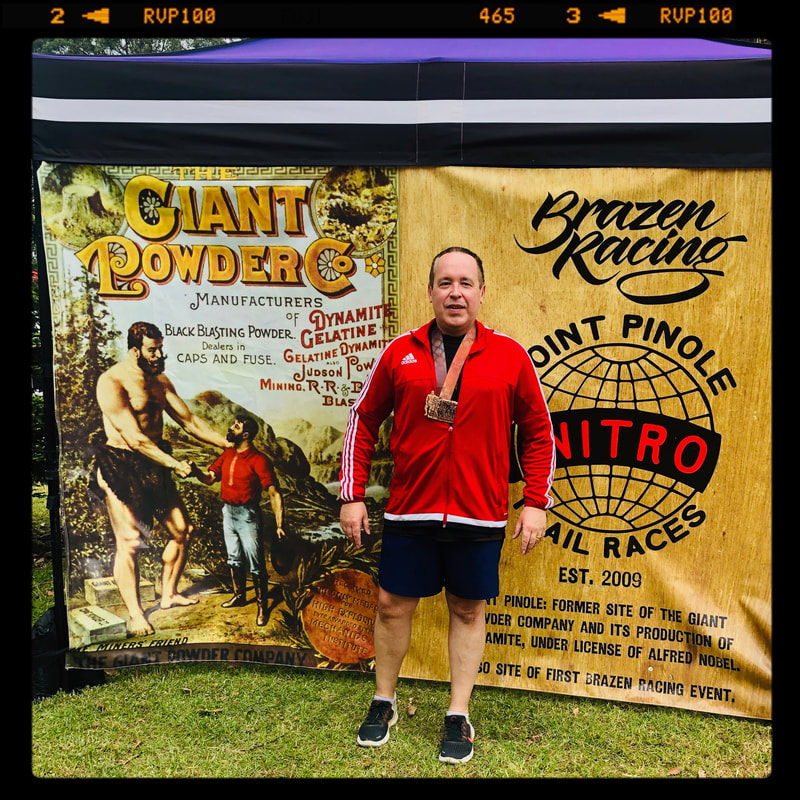
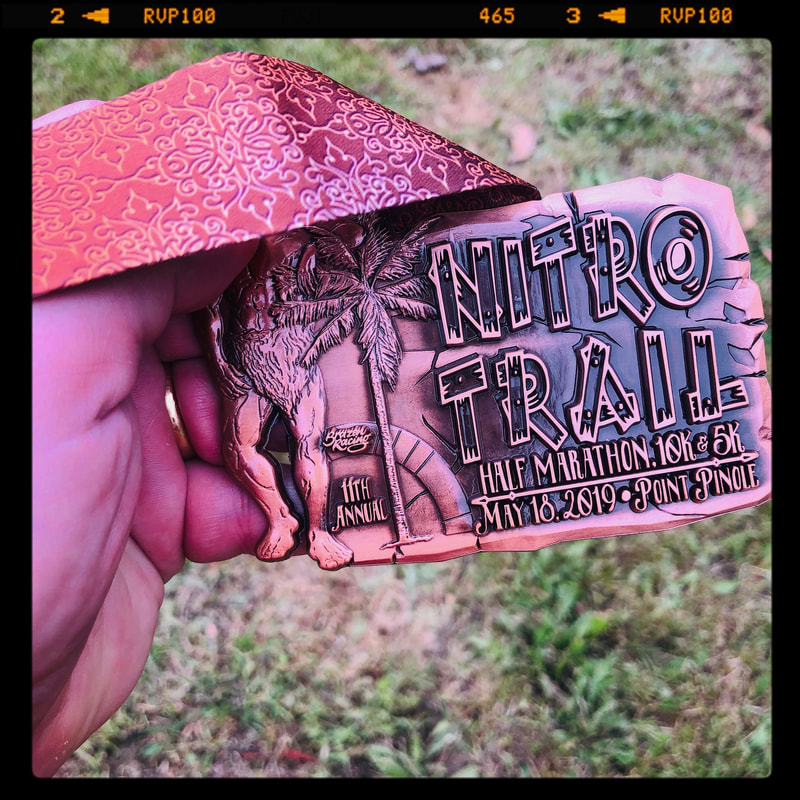
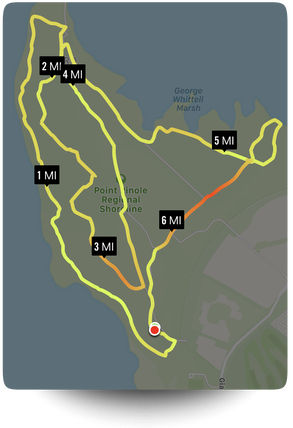

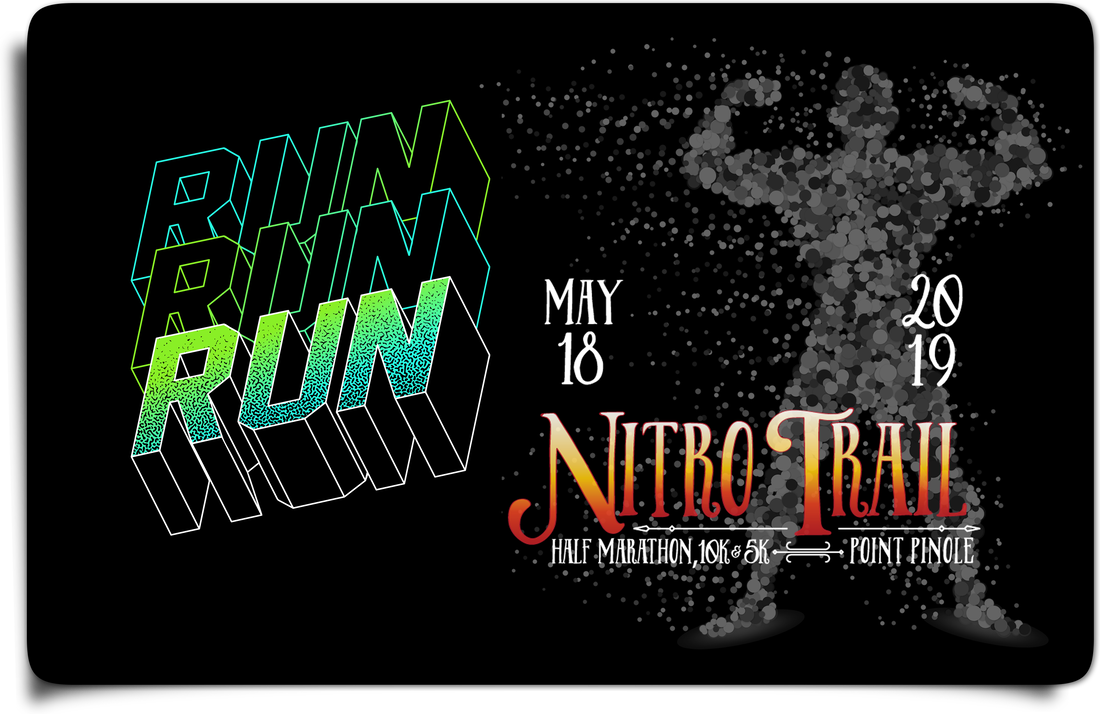
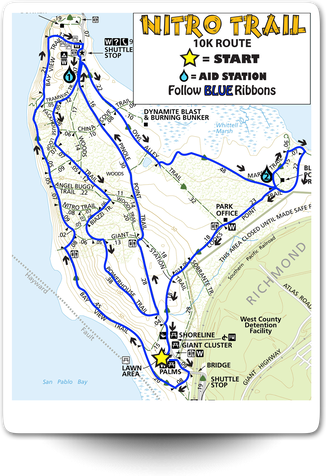
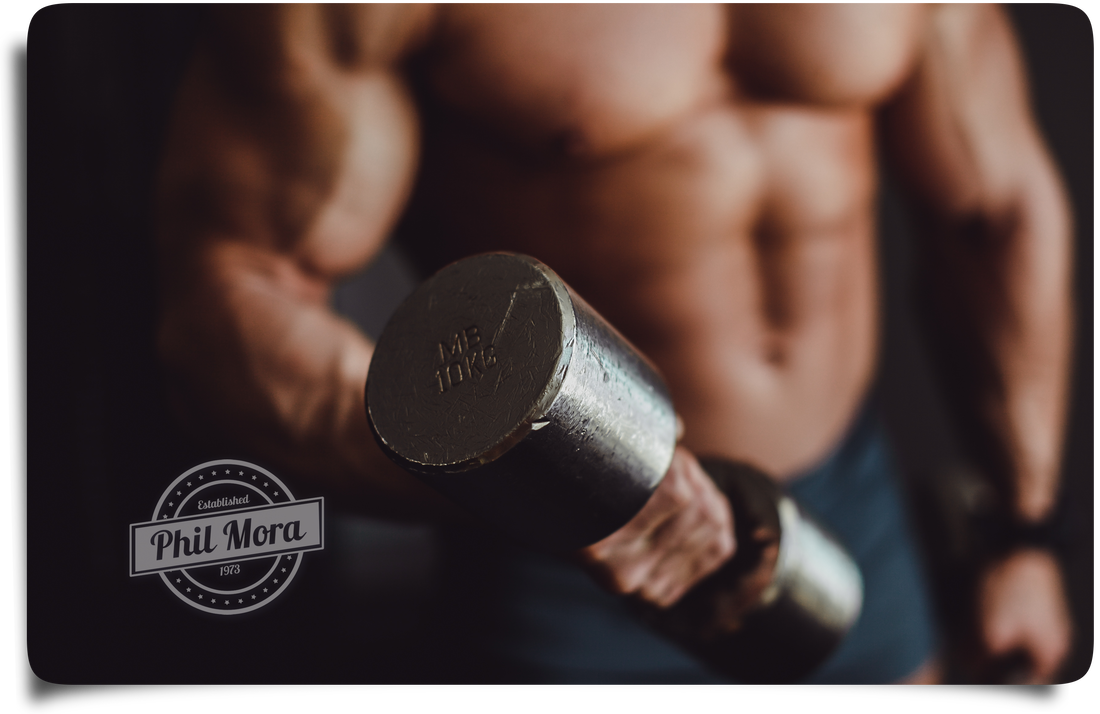
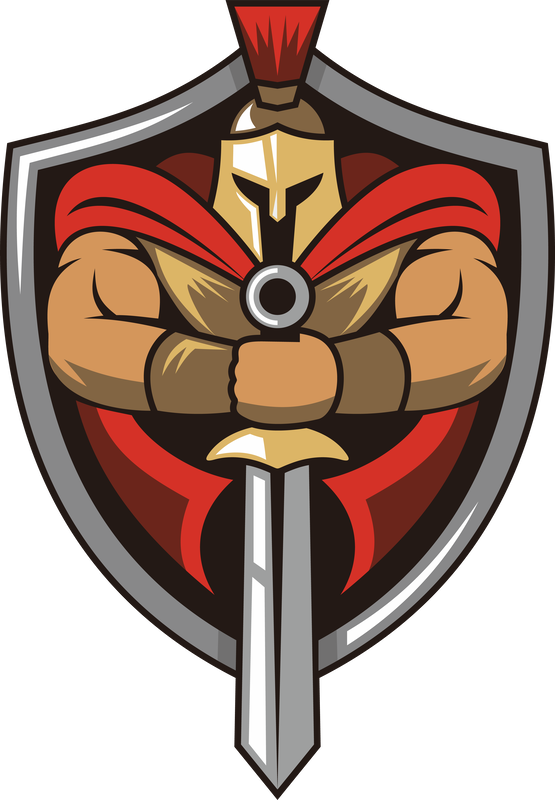
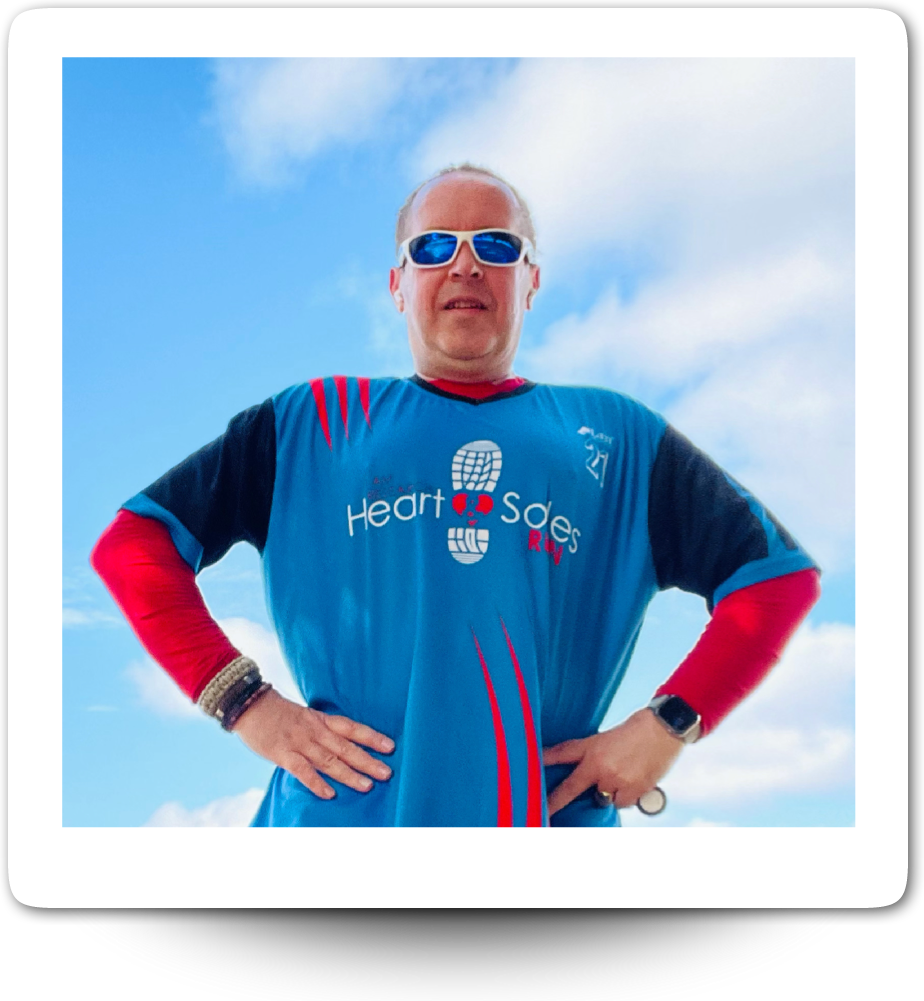
 RSS Feed
RSS Feed